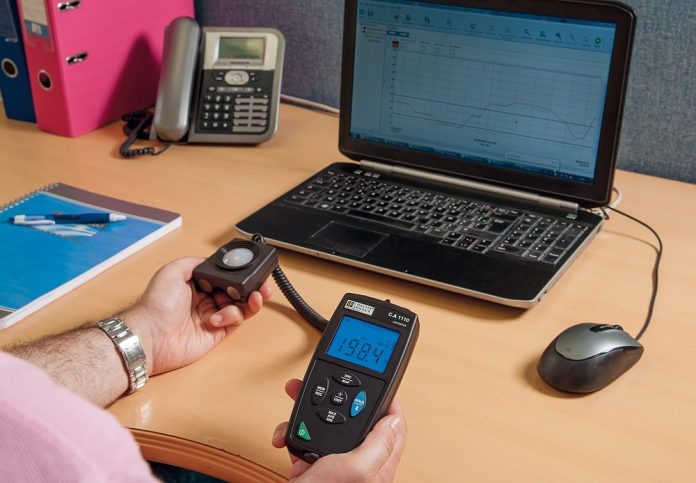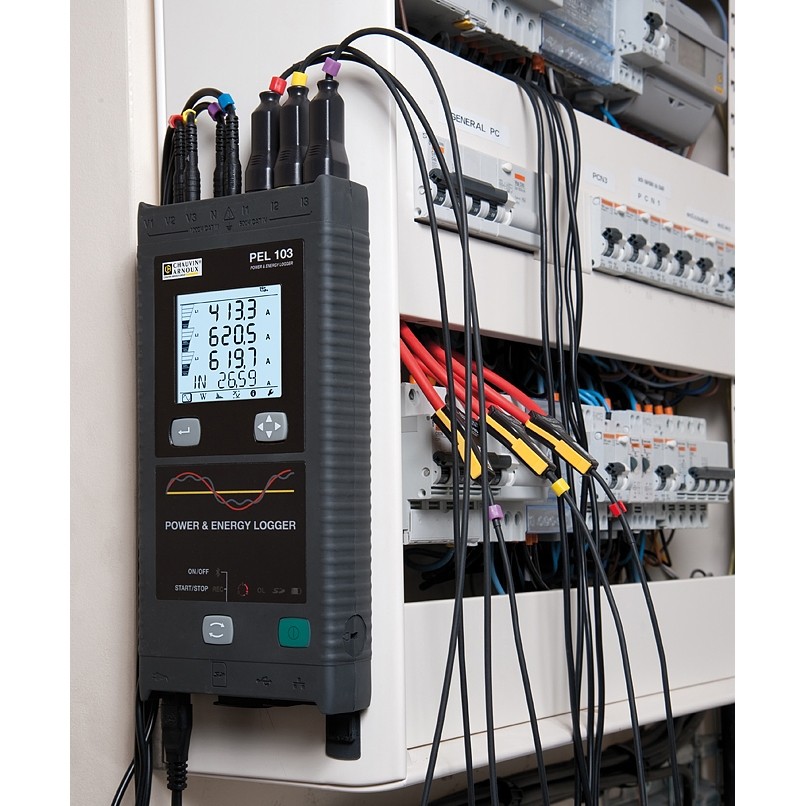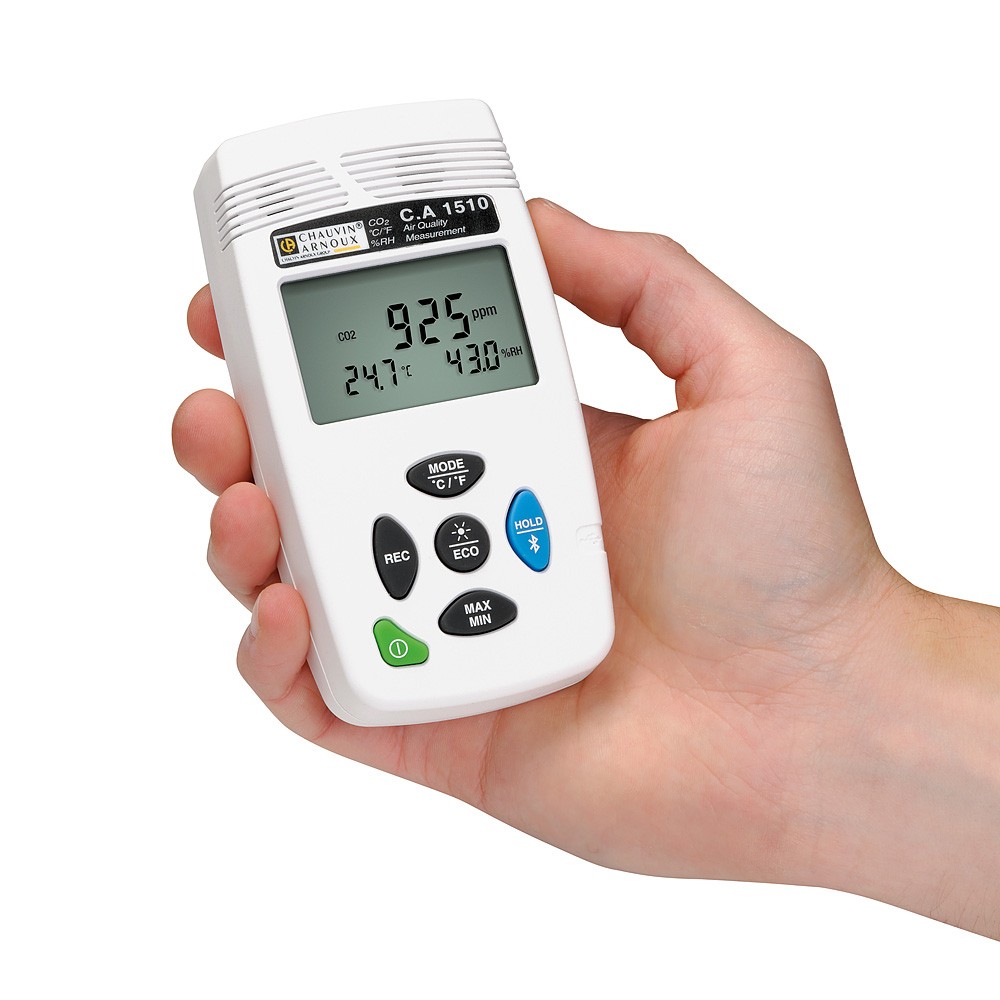The internet is awash with articles about saving energy, but here, Julian Grant, General Manager of Chauvin Arnoux UK, puts forward some ideas that are rather less well known, but which can nevertheless deliver the biggest savings
Take a look at www.cauk.tv and you’ll see that our mission is to help organisations take control of their energy consumption and reduce environmental and financial costs. We’ve taken a very close look at the way facilities and their occupants use and misuse energy and think you may find some of our findings rather surprising.
Shining a light on energy
Many see lighting as a relatively small consumer of electricity but in reality, it typically accounts for up to 40% of a building’s electricity consumption. That makes it a priority target for saving energy, one very obvious way of doing that is to switch to LED light sources. But it’s also worth using a light meter like the CA1110 to check whether some areas are over-lit, especially in the daytime, where lightsele could be automatically turned on and off to deliver additional energy savings.
Out-of-hours use
A recent survey of 6,000 small and medium-sized businesses installed with smart meters found that 46% of their energy use was outside normal business hours, and that figure is likely to be similar for public sector organisations. Some out-of-hours energy use is necessary and unavoidable, but once non-essential usage has been identified, big savings can often be achieved.
Heating and environmental conditions
Motors are everywhere, not least driving fans in air-conditioning systems and pumps for boilers and water supply. If they were installed a while ago, the chances are that those motors have ordinary starters, which means they are either stopped or running at full speed.
Most air conditioning fans only need to operate at full speed on a few hot days. The rest of the year, their speed could be reduced to 80% or less, without affecting building comfort levels. This would mean big savings since, at 80% speed, a fan uses only 50% of the energy it uses at full speed. Variable speed drives that allow motor speed to be continuously controlled from zero to maximum are therefore very worthwhile investments.
Good ventilation is necessary to prevent carbon dioxide build-up, which leads to drowsiness and discomfort, but a poorly designed system can lead to draughts that unnecessarily remove heat from the building. The solution is to monitor airflow, carbon dioxide levels, temperature and humidity using instruments such as CA1227 thermo-anemometer and CA1510 air quality logger. The information provided by them will allow air quality to be optimised while minimising unnecessary loss of heat.
Importance of power factor and harmonics
Not all energy-saving opportunities relate directly to the working environment though. Some relate to technical aspects of the electricity supply, and one of the most important of these is power factor.
In simple terms, power factor is a measure of how much of the total power consumption in a facility is used efficiently by the loads, versus what is known as reactive power. This is explained in detail in a separate article, but basically, the closer the power factor is to 1, the smaller the amount of wasted energy. Fortunately, it is easy to measure power factor, one of the many functions of portable energy loggers (PELs).
Harmonic currents are high-frequency currents that occur at whole-number multiples of the power supply frequency (50Hz) and are caused by many of the loads in today’s facilities.
Amongst other things, harmonics can cause additional heating in cables and loads, and also increase energy bills. Once again, they can be measured using a PEL, and remedial measures are available to reduce their impact.
Conclusion
There are many ways of reducing energy costs and environmental impact, in addition to the oft-quoted advice of seeking a greener and cheaper energy supplier and installing additional thermal insulation. However, there is one common thread that unites all effective methods of energy management and that’s the need to measure. Measure existing performance to pin down issues and identify areas for improvement, measure performance after making changes to confirm their effectiveness, and continue to measure thereafter to ensure that the changes you’ve made continue to be appropriate and effective.
Chauvin Arnoux has an extensive range of products that make these measurements easy to perform, some of which have been mentioned in this article. Many others can be found on the website www.cauk.tv. Please don’t forget that the company’s experts will always be happy to give advice on choosing the instruments that will best help you reduce your energy bills and your environmental impact.
Please note: This is a commercial profile













